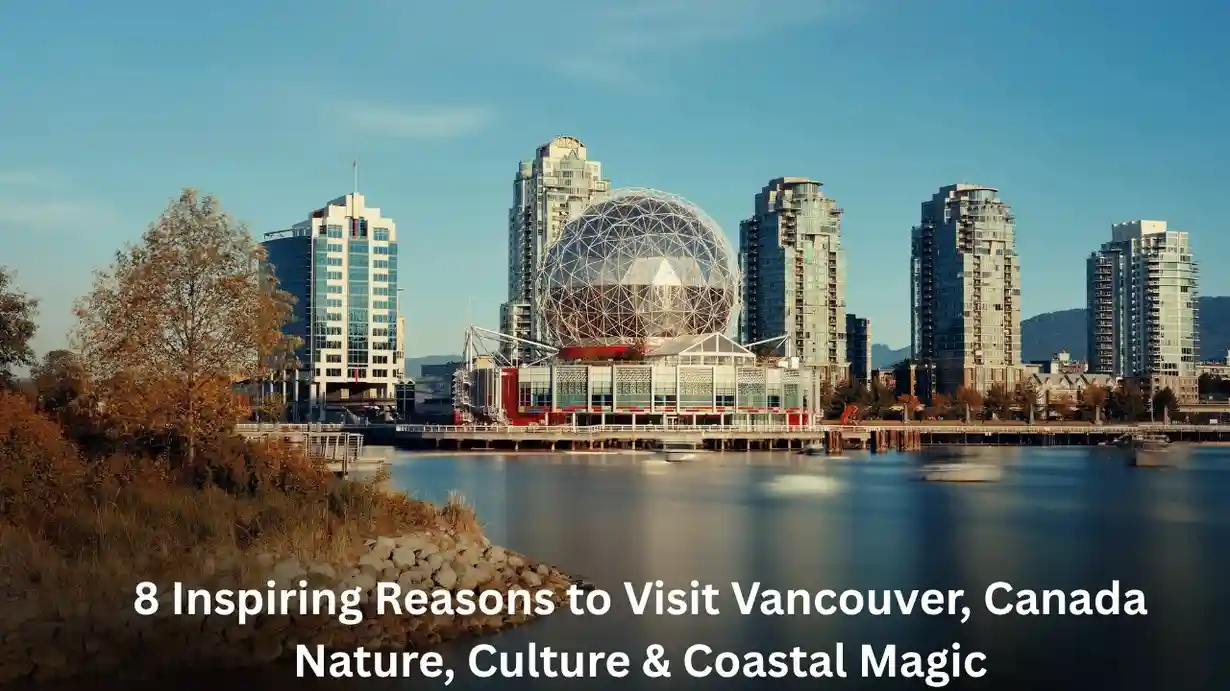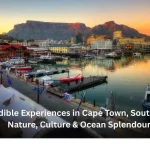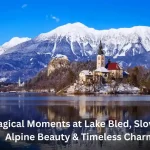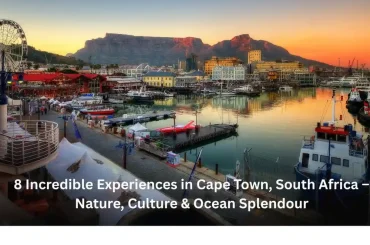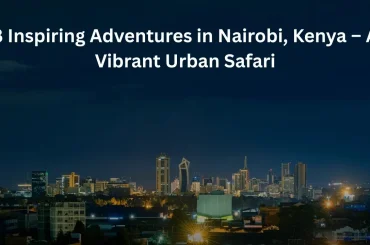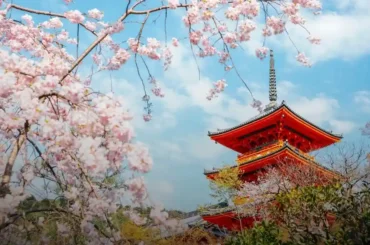Table of Contents
Introduction
Vancouver, Canada is a city that feels alive — where towering evergreens meet shimmering seas, modern skyline meets Indigenous heritage, and adventure begins just blocks from vibrant cafés. It’s rare to find a metropolis so seamlessly blending nature, culture, and urban life. For travelers seeking a place with depth, views, and endless options, Vancouver, Canada shines.
Why Vancouver, Canada Is One of the World’s Best Cities
There’s a reason Vancouver is consistently ranked among the world’s most livable cities. It’s because Vancouver, Canada manages to offer the best of both worlds: wilderness and high culture. You can traverse rainforest trails in the morning and sip sushi with harbor views in the evening. According to National Geographic, Vancouver is “a surreal panorama of orcas, totem poles, and glass towers” — a city that blends nature, heritage, and modern vibrancy. National Geographic
Beyond aesthetics, Vancouver is culturally rich. Diverse neighborhoods, Indigenous art, a thriving food scene, local craft breweries, galleries, and festivals all contribute to its dynamic character. As an entry point to British Columbia’s coast, mountains, and islands, Vancouver, Canada also acts as a springboard to more adventures. Lonely Planet+1
Top 8 Inspiring Reasons to Explore Vancouver, Canada
Here are eight unforgettable experiences that capture what makes Vancouver, Canada so special.
1. Cycle or Walk the Stanley Park Seawall & Rainforest Trails
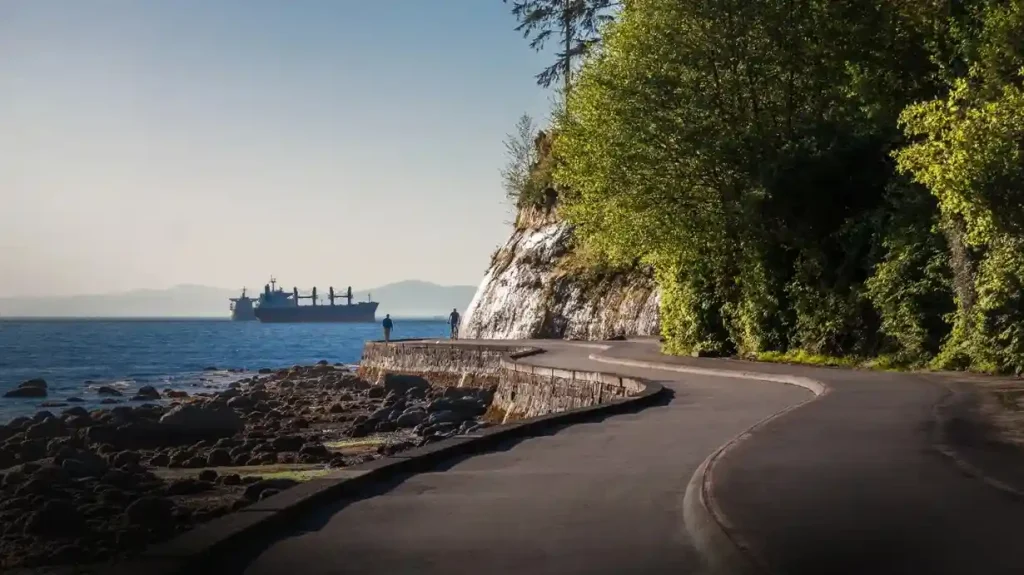
Perhaps Vancouver’s signature experience is its Stanley Park. The Seawall—an 8.8 km waterfront path—is perfect for cycling, jogging, or strolling. It wraps around the park, offering city, mountain, and ocean views. Vancouver+1
Inside the park lie forest trails, gardens, the Vancouver Aquarium, and hidden natural corners. The contrast of verdant rainforest steps from downtown shows Vancouver’s unique urban-nature blend. Vancouver+2National Geographic+2
2. Gondola Up Grouse Mountain & Enjoy Panoramas
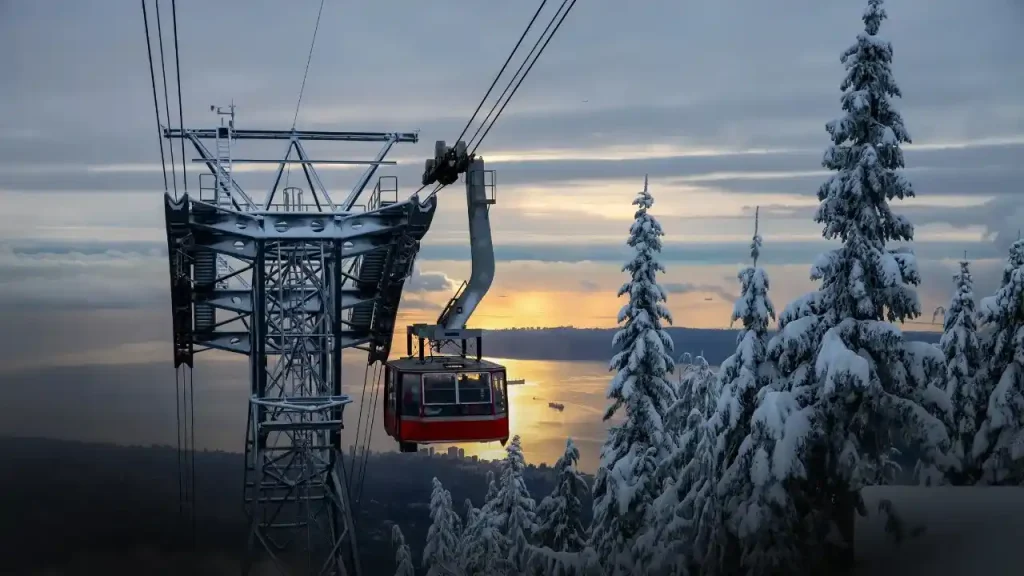
When you head up Grouse Mountain, you get sweeping views over Vancouver, Canada—city, sea, islands and peaks. In winter it’s a ski hill; in summer, hiking trails, wildlife (like grizzly bears), and shows. Nomadic Matt’s Travel Site
The ride up and down is itself memorable, and spending time on the summit gives you sweeping perspective of how vast and beautiful the region is.
3. Discover Granville Island & Local Culture
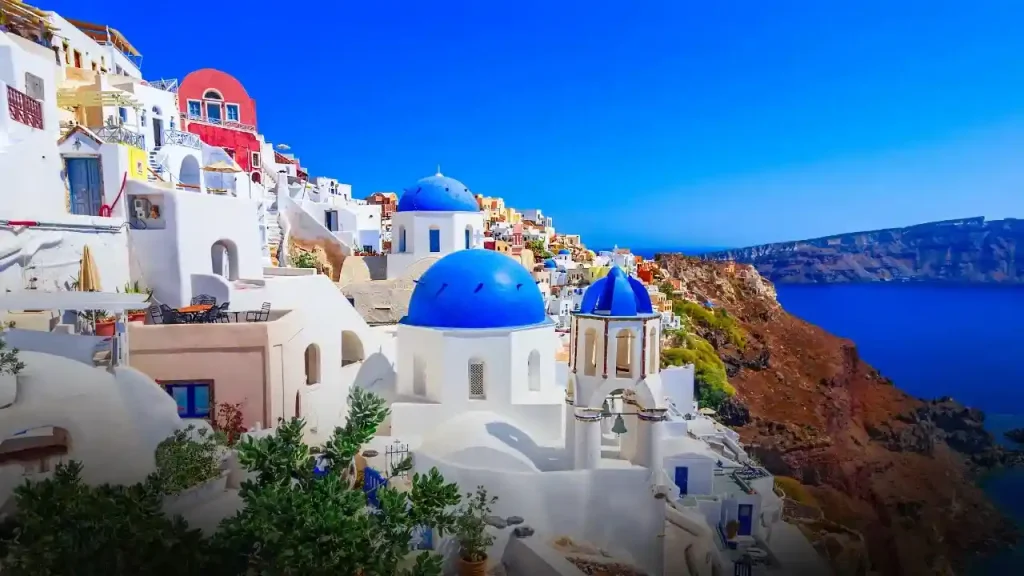
Granville Island, though technically a peninsula, feels like a hidden cultural gem in Vancouver, Canada. The Granville Island Public Market buzzes with food vendors, artisans, galleries, and street performances. Nomadic Matt’s Travel Site+1
You can also catch theater, artisan shops, craft breweries, and waterfront walks. It’s a great microcosm of Vancouver’s art + food + water identity.
4. Explore the Capilano & Lynn Canyon Suspension Bridges & Forests
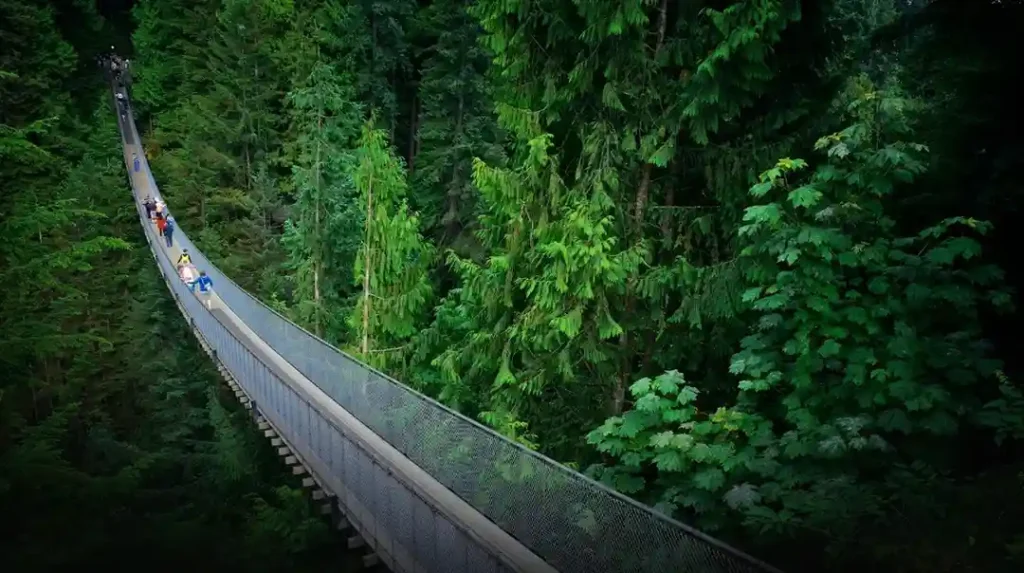
5. Dive Into Museums, Indigenous Heritage & Neighborhoods
To understand Vancouver beyond scenery, explore its cultural and historical depth.
- Museum of Anthropology (MOA) at UBC houses Indigenous art, totem poles, and archives (though note closure or renovations sometimes). themodernnomad.com+1
- Gastown’s historic district gives heritage charm—cobblestone streets, the steam clock, indie shops. Water Street in Gastown is iconic. Wikipedia
- Chinatowns, Kitsilano, Commercial Drive, and multicultural neighborhoods offer food, markets, and local vibes.
These neighborhoods let you feel the living, local side of Vancouver, Canada beyond postcard scenes.
6. Beaches, Ocean Life & Activities
Many visitors to Vancouver, Canada think “mountains,” but the ocean is equally central. Beaches like English Bay, Kitsilano Beach, and Spanish Banks draw locals for swimming, sunbathing, paddleboarding, or relaxing by the water. themodernnomad.com+1
In spring and summer, whale watching and marine tours are offered as orcas and humpbacks pass through coastal waters. Nomadic Matt’s Travel Site
On clear days, you can ski in the morning and soak your toes in saltwater in the afternoon—only in Vancouver, Canada.
7. Day Trips: Whistler, Sea-to-Sky, Islands & Beyond
Because Vancouver, Canada sits on a coastal-mountain corridor, day trips are stunning and accessible.
- Sea-to-Sky Highway (Highway 99) leads to scenic drives, waterfalls, and mountain vistas.
- Whistler is reachable for day or overnight getaways—ski in winter, biking/hiking in summer.
- Vancouver Island / Victoria / Butchart Gardens via ferry or floatplane add island charm and heritage gardens.
Each excursion shows a different face of the region and expands your Vancouver story.
8. Best Time to Visit & Travel Tips
To enjoy Vancouver, Canada at its best:
- Summer (June to August) is warm, long days, festival season—but also busier and pricier.
- Shoulder months (May, September) offer balance: nice weather, fewer tourists, and good rates.
- Rainy season (late fall to early spring) can be wet—pack for rain, slow your pace, but green landscapes shine.
Tips:
- Use the TransLink system (bus, SkyTrain, SeaBus) and the Compass Card for transit. Vancouver+1
- Bring layers—even summer evenings may cool.
- Book popular attractions and ferry rides ahead.
- Respect Indigenous lands, local practices, and nature preservation.
- Walking shoes are essential—many routes are hilly or trail-based.
Sample 5-Day Itinerary for Vancouver, Canada
Here’s a suggested itinerary to capture much of what Vancouver, Canada has to offer:
- Day 1: Arrive, settle downtown, walk the Seawall, explore Gastown & the steam clock.
- Day 2: Stanley Park, Aquarium, lunch at Granville Island, sunset at Kits Beach.
- Day 3: Capilano & Lynn Canyon forest day, plus gondola or mountain hike.
- Day 4: Day trip via Sea-to-Sky to Whistler or Squamish, scenic stops, evening return.
- Day 5: Museum / MOA or neighborhood walk (Kits, Commercial Drive), whale watching or ferry to nearby islands.
This plan mixes nature, culture, food, and free time. Adjust according to your pace.
Why Vancouver, Canada Leaves Travelers Awestruck
Because Vancouver, Canada doesn’t feel like it’s trying too hard—it just is. It’s elegant without being elitist, adventurous without being rugged, varied without being confusing. You’ll have days when you can bike a forest trail in the morning, sip coffee in a café at noon, and ride a gondola to mountain views by evening.
Many say the memory that stays is seeing snow-covered peaks across the water, or walking forest paths with the city skyline behind you. Or dinner at a harbor-side restaurant, the salty breeze mingling with urban hum. These layered moments—nature, city, culture—are what Vancouver leaves behind in your heart.
FAQ
How many days should I spend in Vancouver, Canada to see the highlights?
For a rich experience in Vancouver, Canada, plan for 4 to 6 days. That gives you time for core city highlights (Stanley Park, Granville Island, Capilano), cultural museums, one or two day trips (Sea-to-Sky, Whistler or island), and some leisure. Short stays can hit the must-sees, but you’ll feel more relaxed with added time.
What is the best time to visit Vancouver, Canada for good weather and fewer crowds?
The best time to visit Vancouver, Canada is late spring through summer (May to August). For a balance of good weather and lighter crowds, May or September are great picks. Summers bring warm days and festival energy, though also more tourists. Winters are mild but rainy—still beautiful in a moody way.
What neighborhood is best to stay in Vancouver, Canada as a first-time traveler?
For first-time visits to Vancouver, Canada, the Downtown / Coal Harbour / West End areas are ideal. They are centrally located, within walking distance to the Seawall, Stanley Park, Waterfront, and public transit. Staying close to transit makes it easier to reach neighborhoods, day trip hubs, and attractions without spending too much time commuting.
If you find more Global Destination https://nalyxo.com/category/global-destination/


